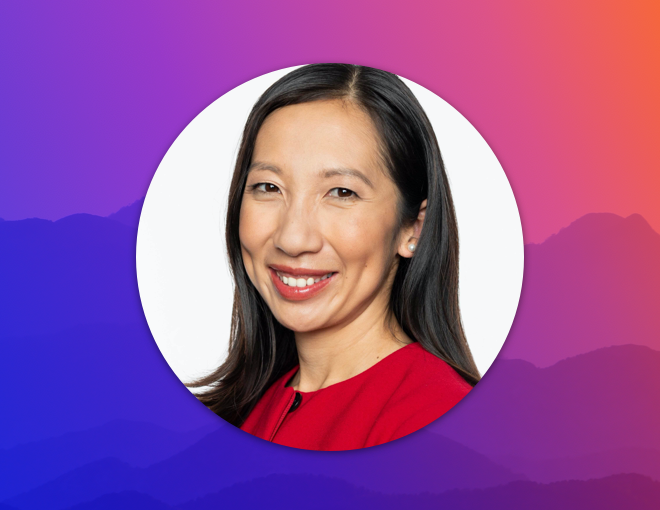Providing benefits that help employees address their health and wellbeing has always been important, but COVID-19 has highlighted just how complex healthcare can be. As a result, many employers have placed health benefits at the core of their overall workforce strategy.
Providing benefits that help employees address their health and wellbeing has always been important, but COVID-19 has highlighted just how complex healthcare can be. As a result, many employers have placed health benefits at the core of their overall workforce strategy.
Moving forward, one-size-fits-all benefits programs won’t work anymore. Every employee has a different health history and goals, and certain population segments — such as people who live in food deserts, for example — face additional barriers to improving their health outcomes. If benefits offerings can’t meet everyone’s unique needs, they will fail to achieve optimal impact.
As the definition of an effective benefits program has shifted and expanded, the role of HR and benefits leaders has, too. Fortunately, technology and smart platforms like Castlight exist to help employers get their entire workforce the personalized care they need, ensure benefits are distributed as equitably as possible, and increase healthcare cost savings.
In this recent episode of the #WorkTrends podcast, produced by HR-focused site TalentCulture, Castlight Chief People Officer Richa Gupta discusses the three workforce trends she’s watching most closely, the evolution of HR and benefits roles, how the C-suite is getting more involved in health benefits strategy, her top predictions for the future of work, and more.



